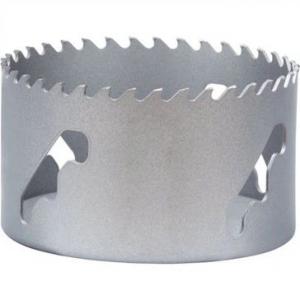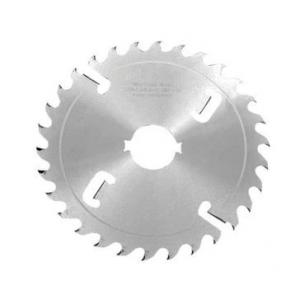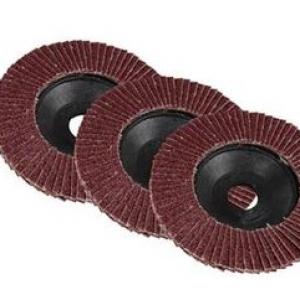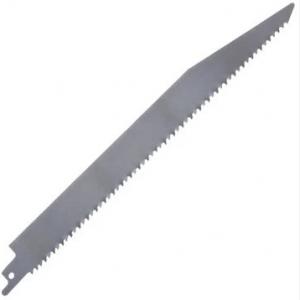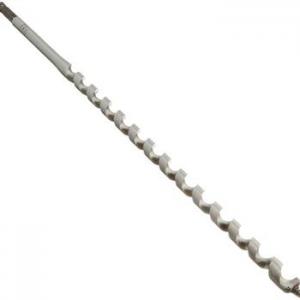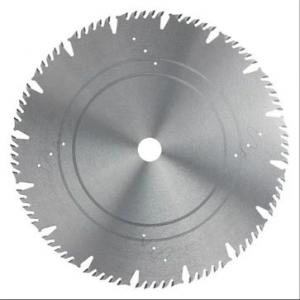How Diamond Saw Blades Work: The Science of Precision Cutting
The Unrivaled Properties of Diamond
Diamond's preeminence in cutting tools stems from its distinctive combination of hardness and thermal conductivity. As the hardest natural substance, boasting a rating of 10 on the Mohs scale, it retains its sharpness even under intense friction. Simultaneously, it efficiently dissipates heat, with a thermal conductivity ranging from 900 to 2,000 W/mK. This dual functionality enables diamond blades to outperform conventional abrasives by a staggering ratio of 100:1 when cutting tough materials like granite and reinforced concrete. In contrast to tungsten carbide blades, which lose their edge rapidly, diamonds fracture in a predictable manner, continuously regenerating sharp cutting edges.
Anatomy of a High-Performance Blade
A high-performance diamond saw blade is a meticulously engineered system, consisting of three crucial components. The diamond segments are embedded with industrial-grade synthetic diamonds, typically sized between 30 - 50 mesh, suspended within a metal alloy matrix. The bonding material, usually cobalt or iron-based, wears at a regulated pace, exposing fresh diamond particles. Supporting these segments is a high-tensile steel core, often laser-welded to dampen vibrations, providing the necessary structural integrity during high-speed operation.

Cutting Mechanics: Grinding vs. Shearing
The cutting mechanism varies significantly depending on the material's properties. When dealing with brittle materials such as concrete and ceramics, diamonds employ micro-fracture grinding. This process creates numerous microscopic cracks that propagate, effectively removing material. Conversely, when cutting ductile materials like asphalt or copper, the diamonds act more like tiny chisels, shearing through the material fibers. Advanced electron microscopy vividly reveals these distinct cutting patterns at the microscopic level.
The Self-Sharpening Miracle
Diamond blades maintain their cutting efficiency through an ingenious self-sharpening mechanism. As the blade operates, the metal bond matrix gradually erodes, unveiling new diamond crystals. At the same time, used diamonds fracture to form fresh cutting edges. This dynamic process works optimally when 20 - 30% of the diamond surface is exposed. An improper balance can lead to "glazing," where insufficient diamond exposure occurs, or premature diamond loss due to excessive exposure, both of which severely hamper cutting performance.

Material-Specific Blade Dynamics
Blade performance and design must be tailored to different materials:
For granite, blades with cobalt-rich, softer bonds are required. These bonds wear more rapidly, ensuring continuous diamond exposure when cutting this abrasive material.
Asphalt blades feature segmented gullets to prevent material accumulation.
Blades used for reinforced concrete need shock-resistant bonds to endure impacts from rebar.
Understanding these subtleties can make the difference between a blade that lasts 100 hours and one that fails in just 10.
Maximizing Blade Performance
To achieve optimal results, three operational principles should be adhered to. First, match the rotation speed to the material's hardness; softer materials can withstand higher RPMs. Second, maintain a consistent feed pressure. Excessive force generates damaging heat, while insufficient pressure results in uneven wear. Finally, proper cooling is indispensable. Dry cutting can reduce a blade's lifespan by over 60%.

Diamond saw blades owe their precision cutting prowess to diamond's unique properties, ingenious design, and self - sharpening ability. By understanding how to adapt to different materials and following key operational principles, we can unlock their full potential. Let's embrace this knowledge and drive innovation in cutting technology forward.



